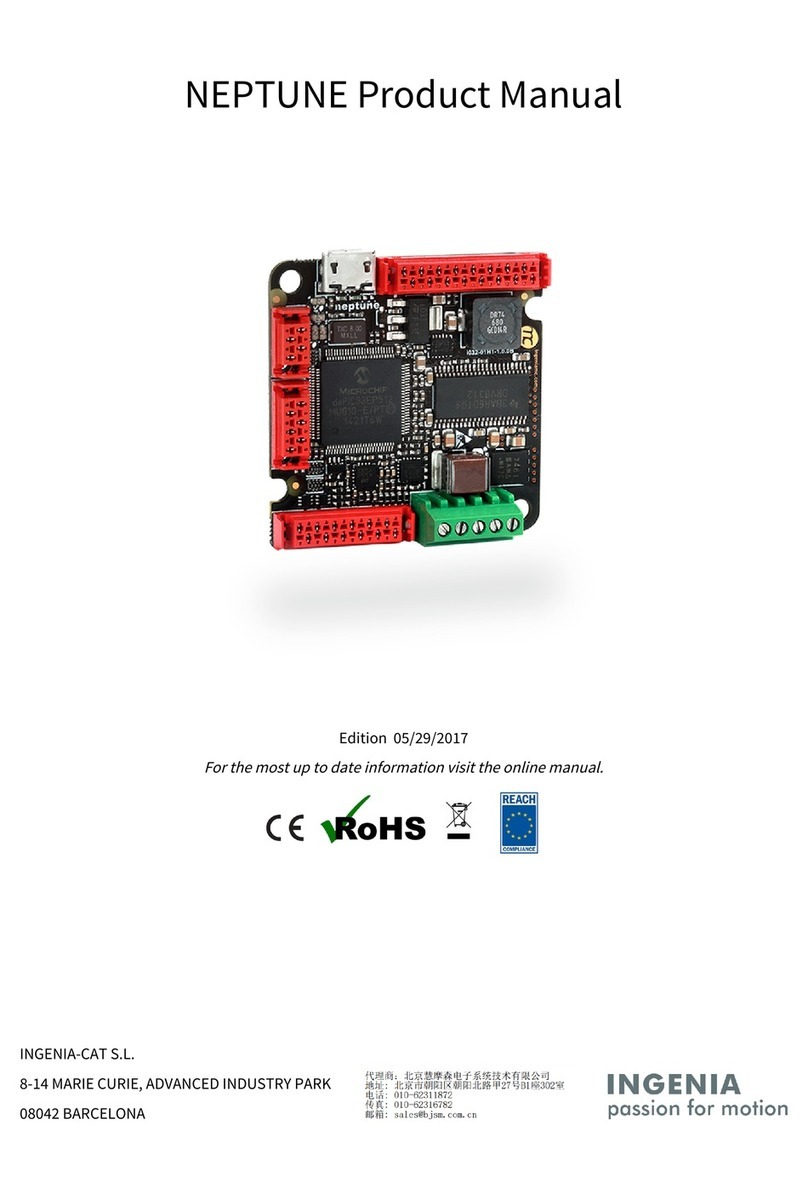1. Table of Contents
1. Table of Contents 2
2. General Information 4
2.1. Manual revision history ....................................................................................................................................... 4
2.2. Disclaimers and limitations of liability ............................................................................................................... 4
2.3. Contact ................................................................................................................................................................. 4
3. Safety Information 5
3.1. About this manual................................................................................................................................................ 5
3.2. Warnings............................................................................................................................................................... 5
3.3. Precautions .......................................................................................................................................................... 5
4. Product Description 6
4.1. Part numbering .................................................................................................................................................... 6
4.2. Specifications....................................................................................................................................................... 7
4.3. Thermal specifications ...................................................................................................................................... 10
5. Pinout 12
5.1. Connectors Overview......................................................................................................................................... 12
5.2. P1 and P2 Power pins ........................................................................................................................................ 12
5.3. P3 Feedback connector ..................................................................................................................................... 13
5.4. P4 Everest CORE Interface connector............................................................................................................... 16
6. Dimensions 21
7. Application Guide 22
7.1. Scope and Architecture ..................................................................................................................................... 22
7.1.1. Parts of an Everest CORE integration solution................................................................................................. 22
7.1.2. Single-Axis or Multi-Axis approach.................................................................................................................... 22
7.2. Schematic Design............................................................................................................................................... 22
7.2.1. Input Supplies .................................................................................................................................................... 23
DC Power Supply................................................................................................................................................ 23
DC Bus input stage............................................................................................................................................. 24
Logic supply ....................................................................................................................................................... 27
7.2.2. Protective circuits .............................................................................................................................................. 30
Inverse Polarity Protection................................................................................................................................ 30
Shunt Braking Resistor Transistor .................................................................................................................... 31
Safe Torque Off (STO) ........................................................................................................................................ 33
7.2.3. Inputs and Outputs ............................................................................................................................................ 35
Digital Inputs ...................................................................................................................................................... 35
Digital Outputs ................................................................................................................................................... 37
Mechanical Brake Output .................................................................................................................................. 38
7.2.4. Output Supplies ................................................................................................................................................. 40
3.3 V and 5 V Output Supplies............................................................................................................................ 40





























